

Q&A | My Home has changed. What am I looking for now?
Last November 12, FIABCI organized in partnership with the Young Members Committee two separate online sessions: "My home has changed. What am I looking for now?" and "How can urbanism help in future pandemics?". Several questions arose from the audience, in particular, those related to the first session. Below are some of the questions and respective answers by one of the invited speakers, Roberto Moreno, CEO of Grupo Amarilo.
-
What are the new consumption housing habits for Social Interest Housing in Colombia?
The Social Interest Housing projects in Colombia are a great opportunity to let more families have the possibility of owning their own home, at a price that does not exceed $118,503,405.
Families looking for a Social Interest Housing, prefer projects that offer a harmonious and comfortable design, strategically located in a place where they can have everything they need in a close environment, also with good access roads and public transport.
Here are very relevant the projects offered by Amarilo framed under the concept of "City within the City", which allows, in addition to having a house, enjoying an environment with everything you need to live such as roads, parks, schools, commerce, among others. This is an organized construction trend that is very relevant today.
-
What would be the key criteria for land acquisition for this type of construction projects in Bogotá?
The developers of Social Interest Housing projects should look for areas that have good access roads, public services and transportation that can guarantee a good quality of life for those who live there.
-
According to you what would be the key criteria for increasing the value of the housing unit in the long term?
The real estate is a refugee heritage that will always be valued. To increase this appreciation, it is important to invest in projects with a long-term vision that are located in strategic areas of growth and development, where access to all public and transport services is guaranteed. The projects framed under the model of “City within the city”, are without a doubt, those that guarantee the greatest long-term appreciation as they are large-scale developments, that are developed in phases and are complemented with comprehensive services such as commerce, hospitals, schools, and others.
-
Do you see more people buying or renting in 2021?
In Colombia, 44% of the country's homes are rented, so there is a great opportunity for home sales. In recent years, thanks to the housing policy that has promoted mechanisms to motivate people to buy a house, we have achieved high records in home sales, especially in Social Interest housing. We are sure this market will continue to strengthen and Amarilo will continue betting on these type of projects, to help Colombians fulfill their dream of owning their own home.
-
Do you see more people working at home in the Social Interest Housing? If yes, how would the interior design of the housing unit have to change given such a small space 45 sq. mts?
The current situation generated by the pandemic changed everyone's life. From one moment to another, the workplace, study, home and entertainment were united in a single space. Undoubtedly, this new normal created new needs within the homes, but we are sure the spaces we create in our projects can be adapted to these new needs. In the specific case of social housing, there is usually a space that can be converted into another room or study, the decision is made by the buyer of the property who must contemplate their lifestyle. However, we will consider possible changes at the design level to ensure that families are always comfortable and satisfied.
-
I have visited the city of Medellín in Colombia a couple of years ago and I have seen that the lower-income people live in the mountainous suburbs of the comunas, while the middle and upper-income people live in the center of the city. How are new housing projects really developed there with a limited area in the city center while the surrounding suburbs are mostly inhabited by lower-middle-income people?
For Amarilo, the development of the concept of "Cities within the City" is the optimal and necessary solution to face this type of problem. Under this concept, it seeks to develop new housing centers with physical and social infrastructure with the highest standards of social and environmental responsibility, creating new development poles. Replicate the success we have had with experiences such as Ciudad Verde in Soacha, is crucial to alleviate the housing deficit in Colombian cities, and help fulfill the dream of Colombian families of having their own home. Currently, to help us develop this type of initiatives, we have a strategic alliance with Yellowstone Capital Partners, a private equity fund management firm and signatory of the Principles of Responsible Investment (PRI), who have investment commitments of approximately one billion pesos for investment in large-scale housing development and mixed-use projects and urban renewal.
-
Roberto do you foresee that social income housing will mandatorily comply with sustainable construction certificates?
At Amarilo we are convinced that sustainable construction is a fundamental piece for the development of more friendly, competitive and inclusive cities. The construction of more sustainable housing is achieved through the integral management of the territory, orderly and long-term development, and the construction of integral projects that improve the quality of life of citizens.
We have worked on a series of pilot projects that incorporate strategies for saving water, energy, among others from their design. In 2019, we launched seven pilot housing projects for sale that are being structured with these characteristics in order to offer more families the benefits of sustainable construction. We expect good results, and with this that more priority, social and non-social housing projects that we offer, have these particularities.
-
In Europe we have a regulation to build that respects sustainability and the environment, in your countries, you have regulation or it is only at the initiative of the developer?
Although Colombia is progressively moving to adopt environmental and social sustainability standards, there is currently no regulation that requires it. Apart from this, Amarilo has adopted this cause as one of its pillars of growth, having LEED and EDGE certifications for its projects. Additionally, our strategic investor Yellowstone is a signatory to the Principles of Responsible Investment (PRI), an initiative of the United Nations.
-
What new technologies in construction could be used to diminish construction costs for low-income housing and speed up the time schedules for builders?
At Amarilo we have a strong commitment to digitalization in internal processes, that is why we have been working since 2015 with BIM (Building Information Modeling), a collaborative work methodology to create and manage construction projects through virtual models on a structured platform, with tools that optimize processes to reduce risks and increase productivity and efficiency.
Thanks to this process, we have been able to improve efficiency in the design and subsequent construction processes. This allows us to optimize resources and time in project delivery.


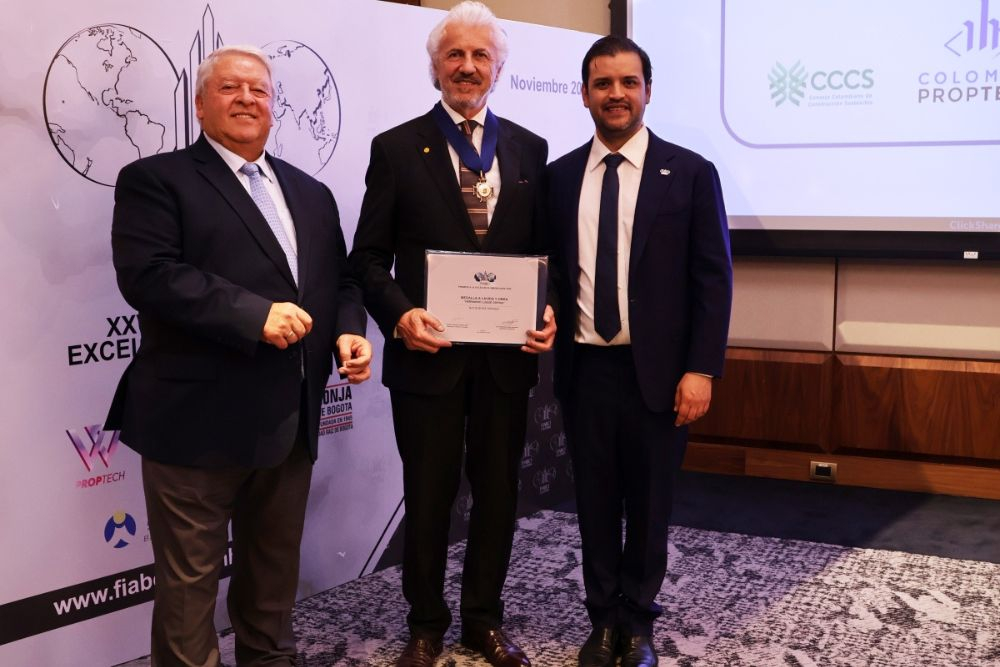
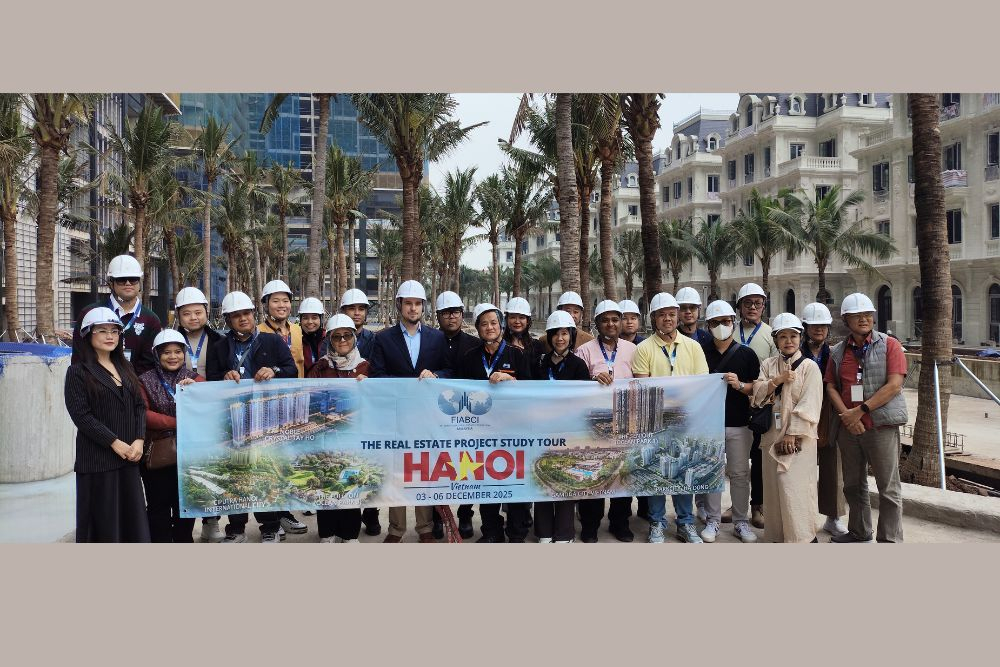
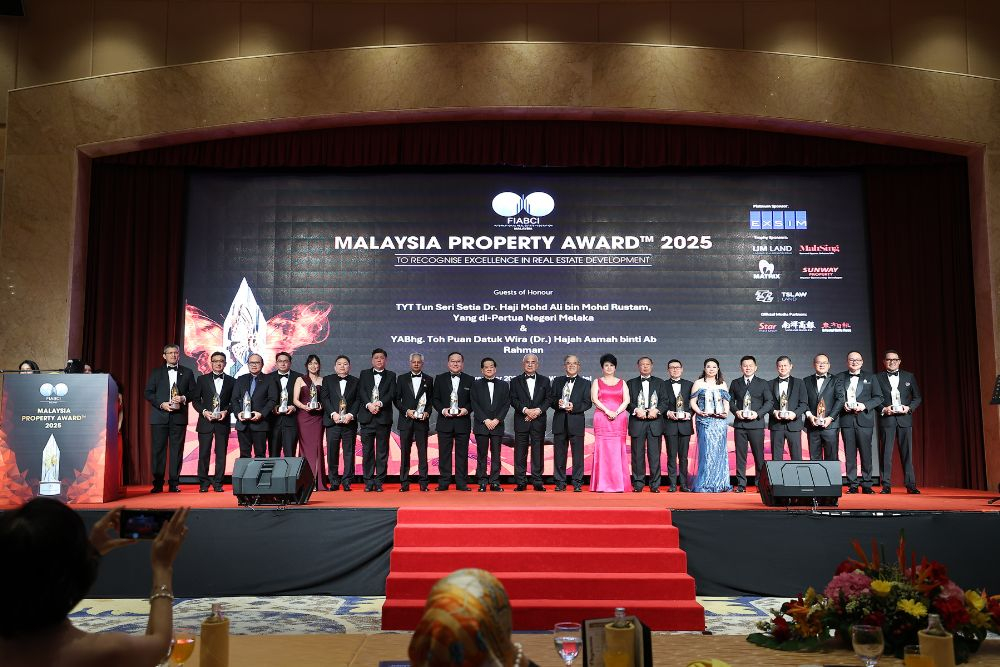
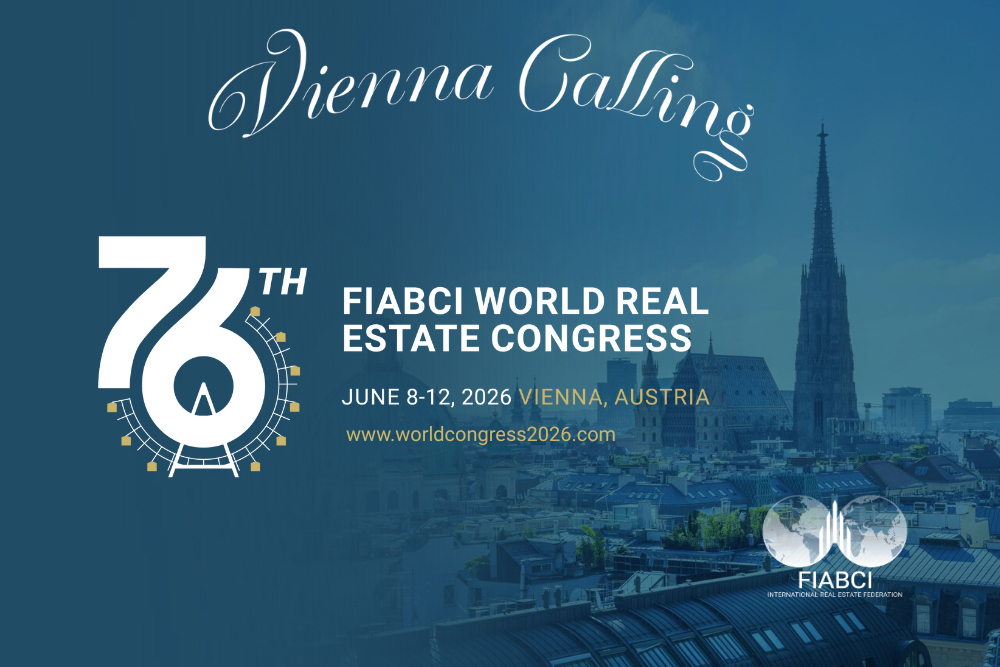
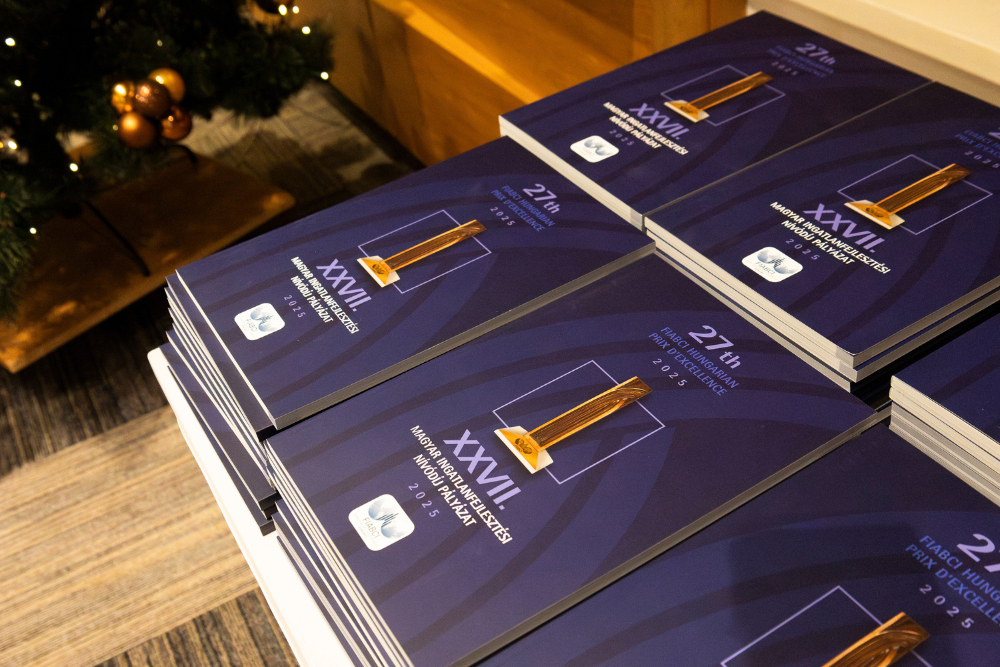
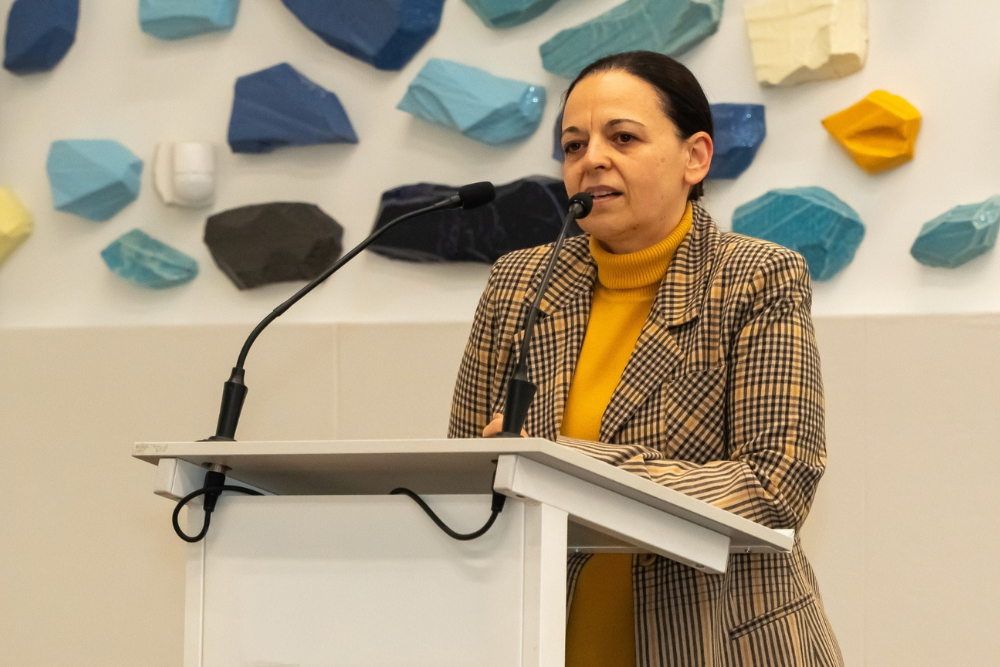
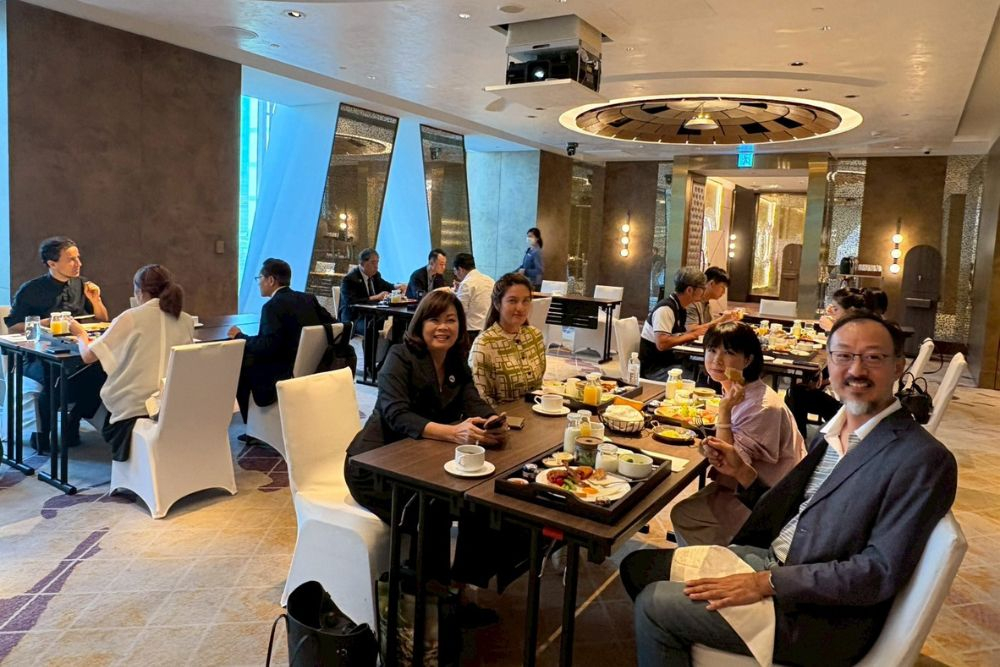
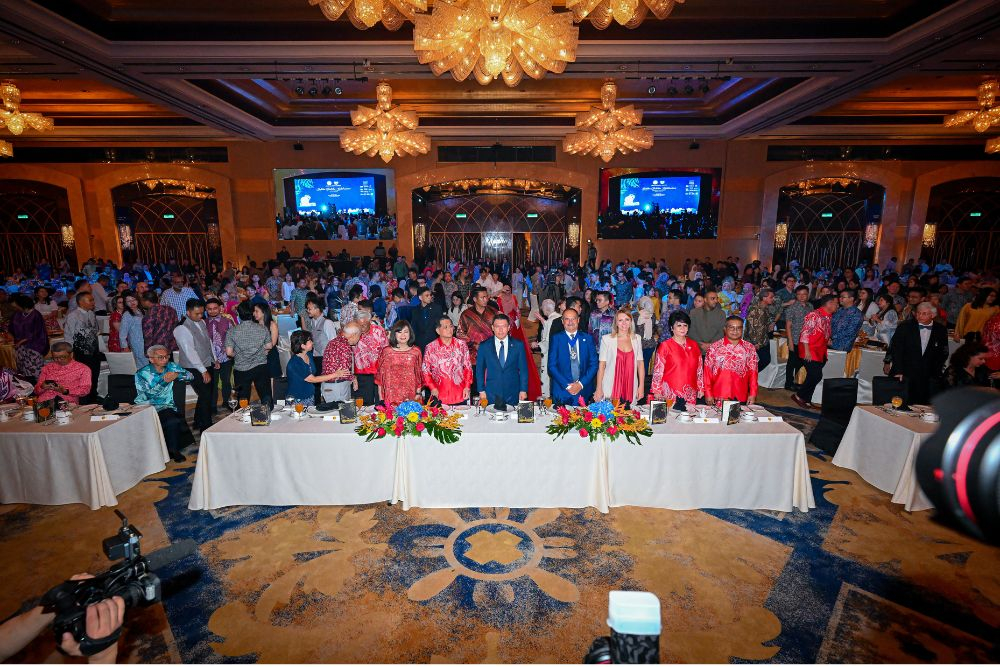
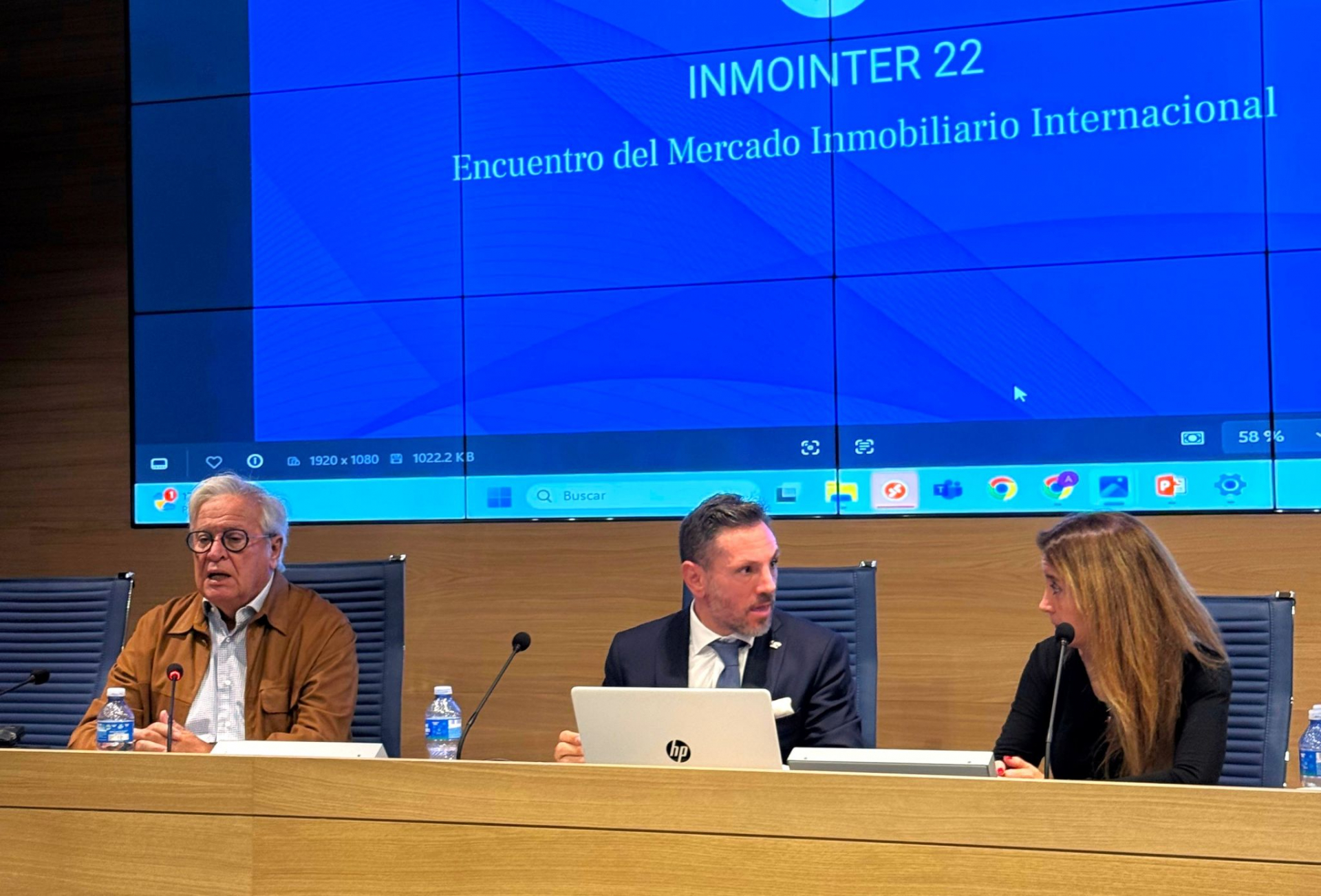
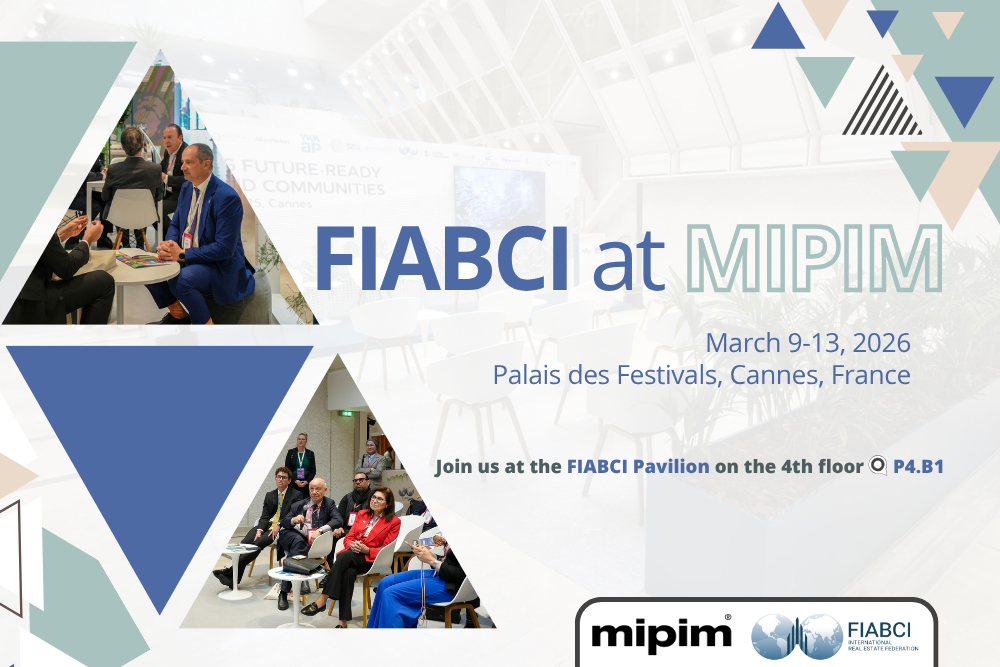
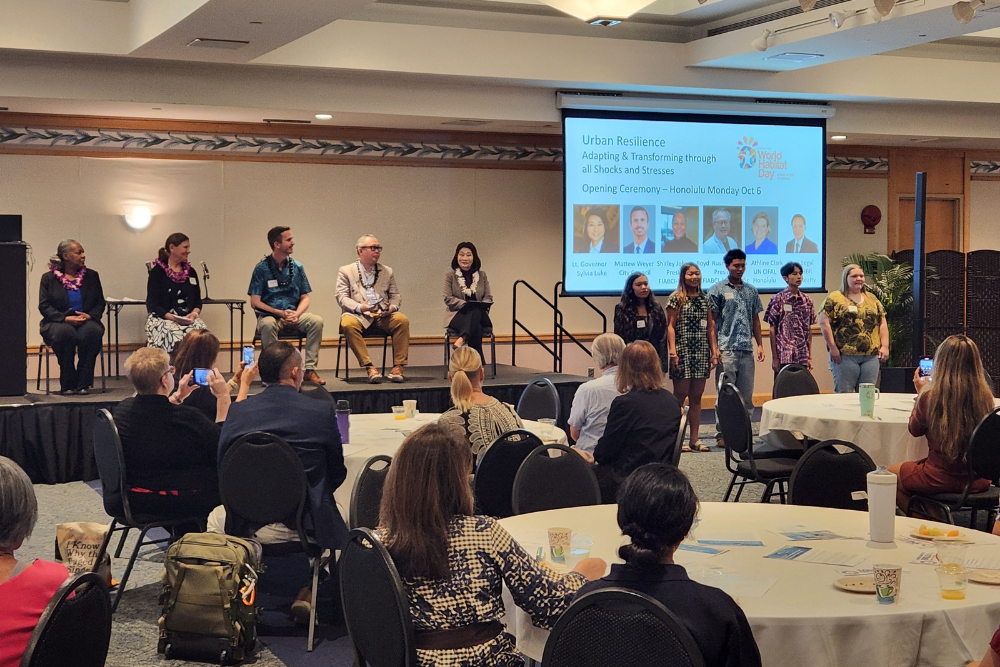
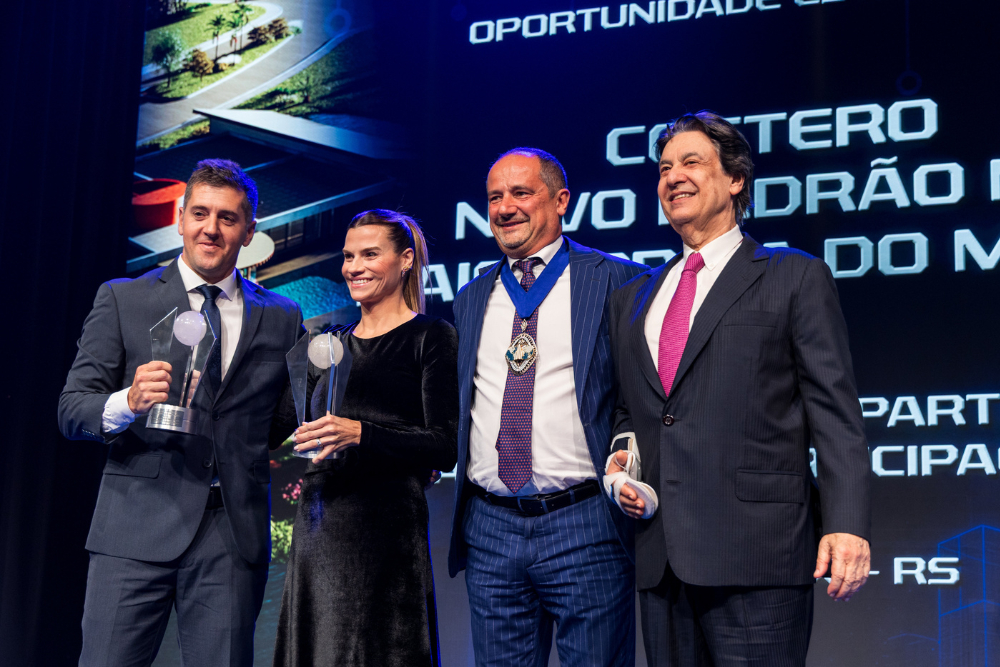

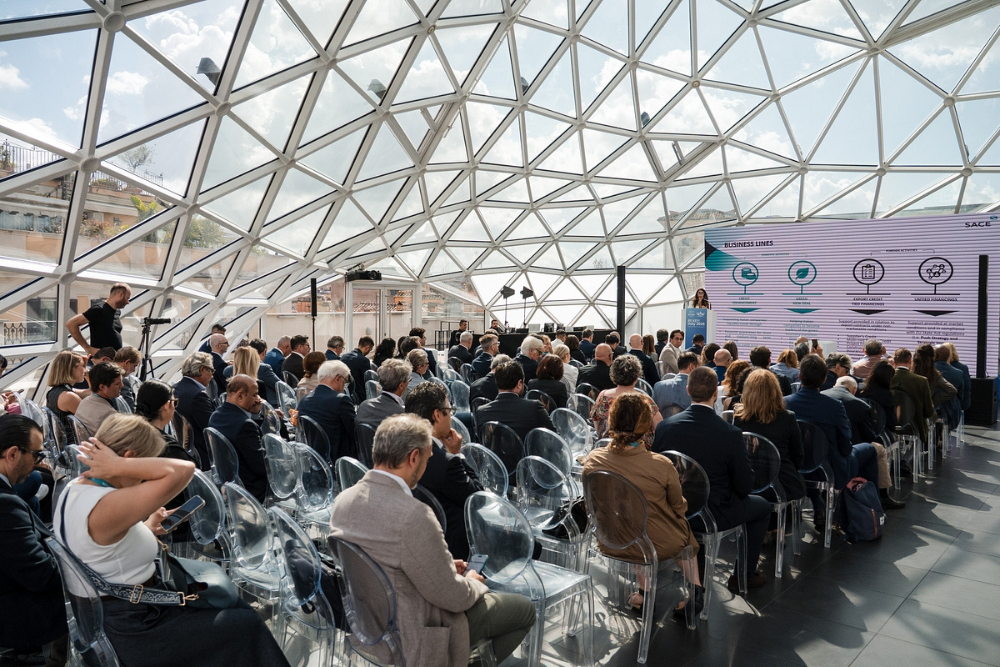
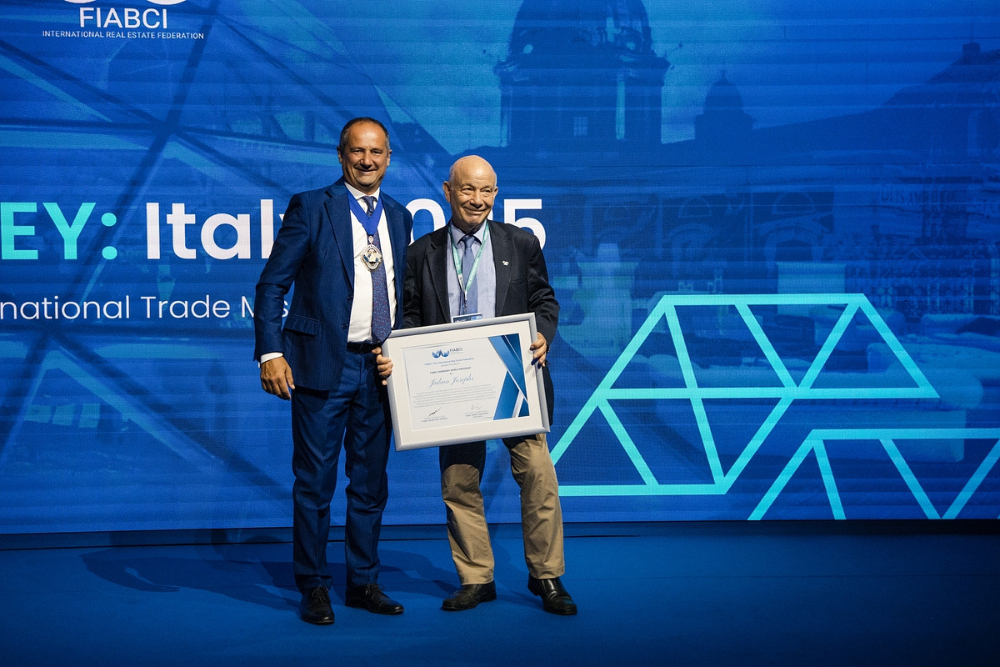
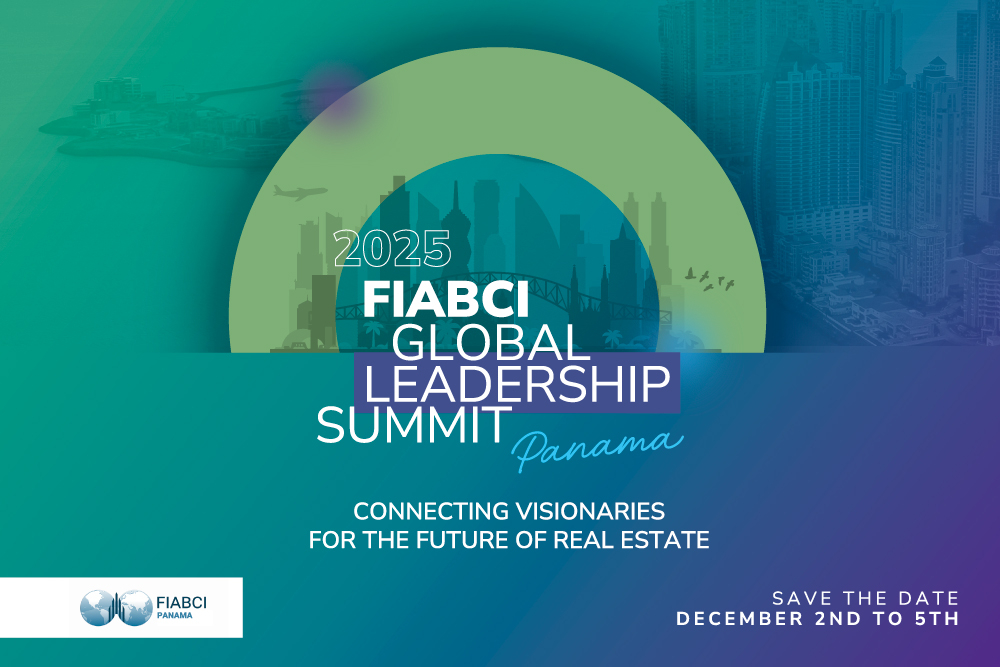


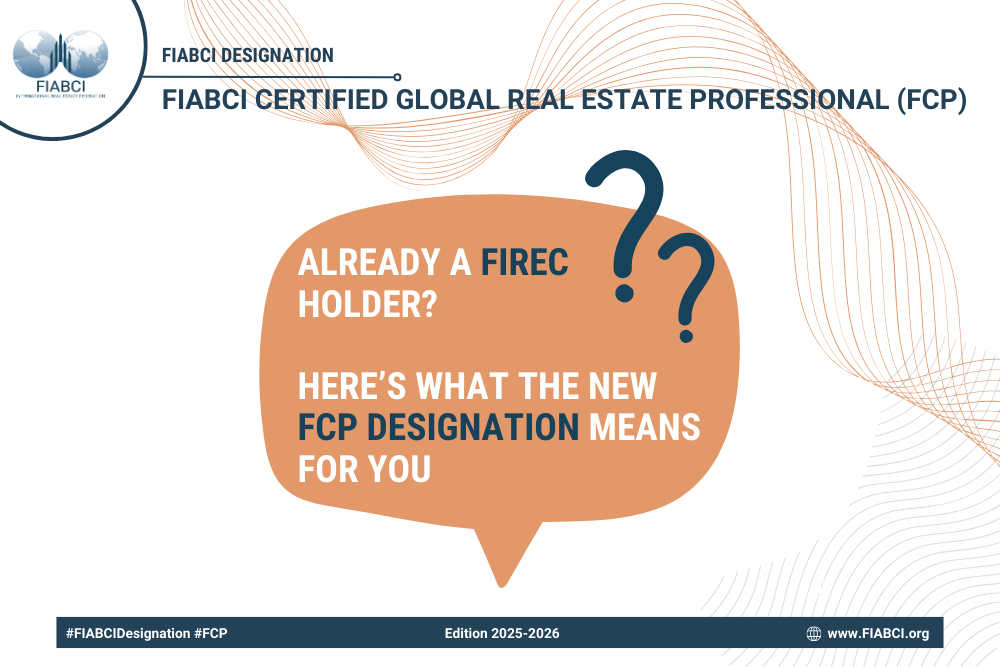
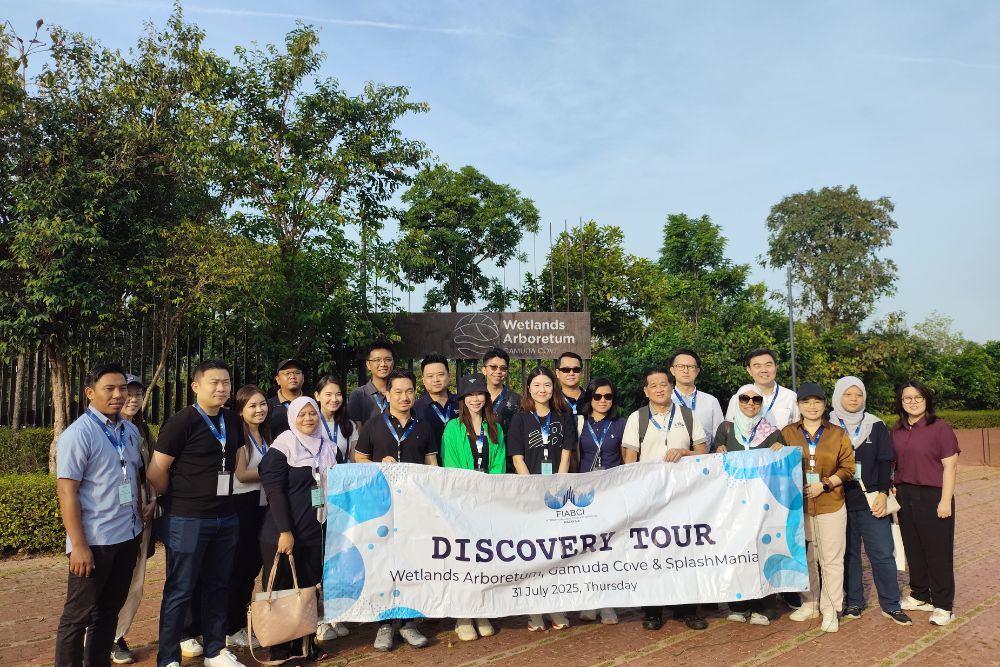
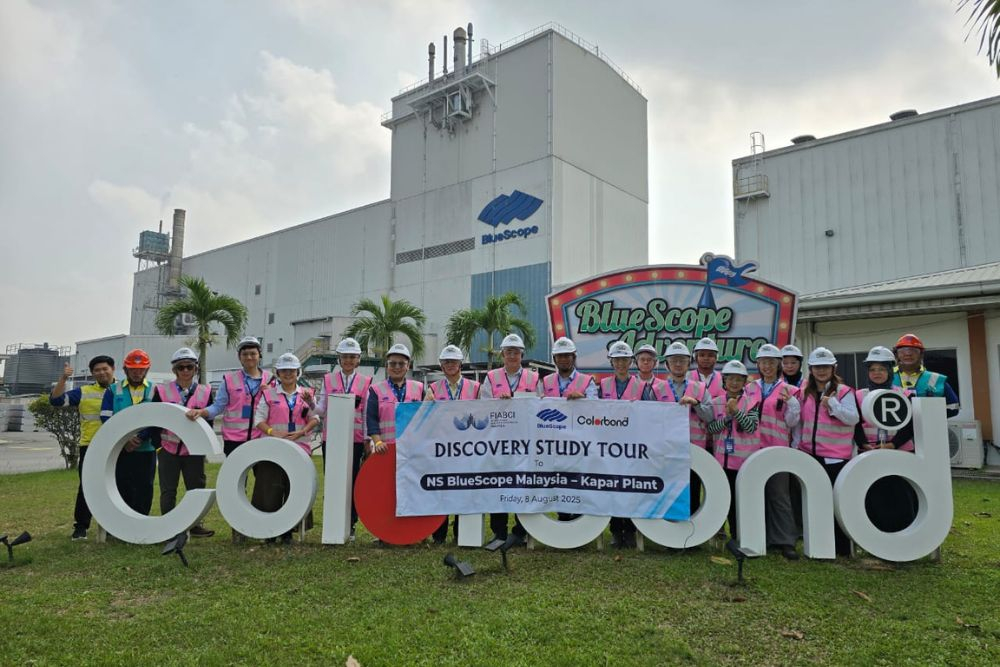





















































































































































































































































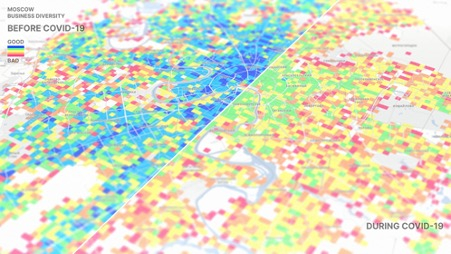





































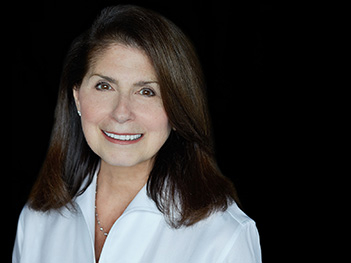





































![[Webinar Summary] COVID-19: What lies ahead for the Real Estate Industry?](/uploads/news/9i1w05plq2ksbcswuyj5ze2nr.png)































































































